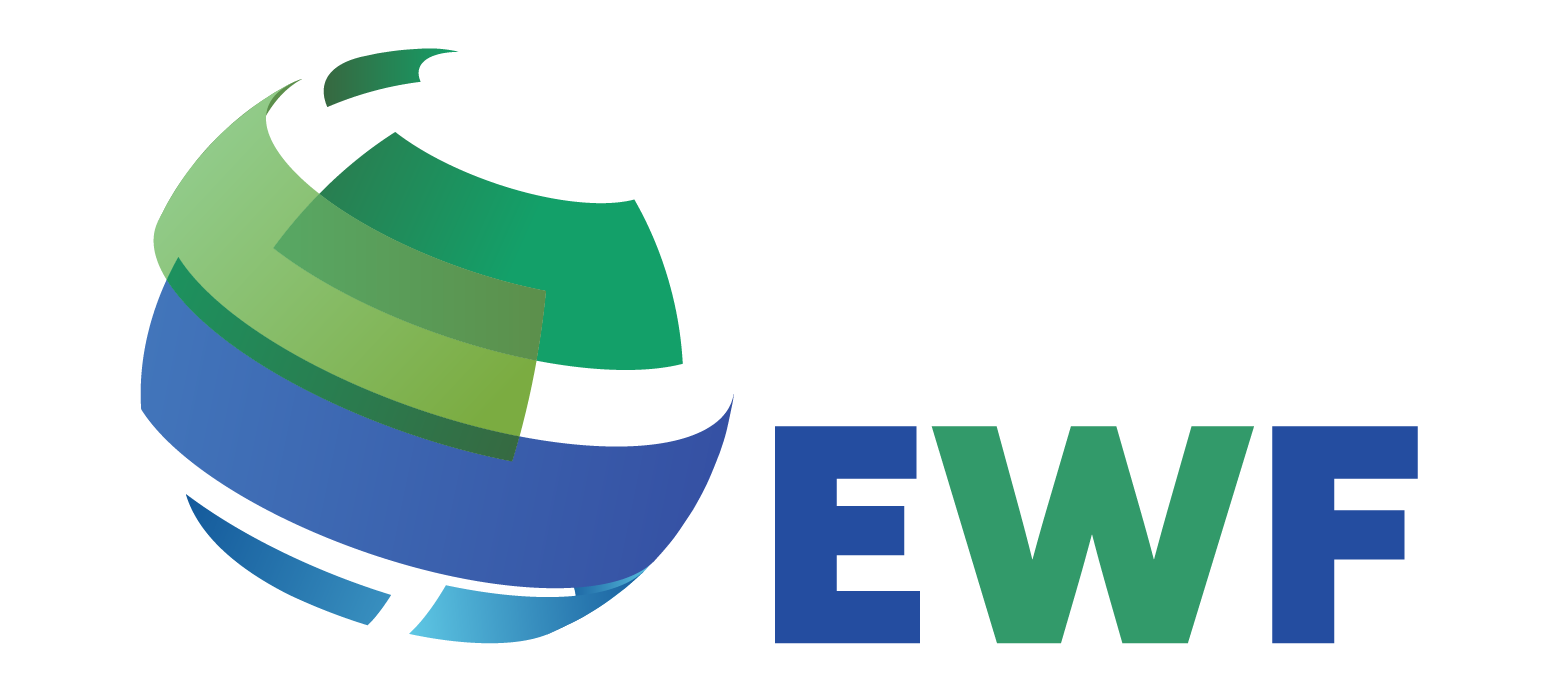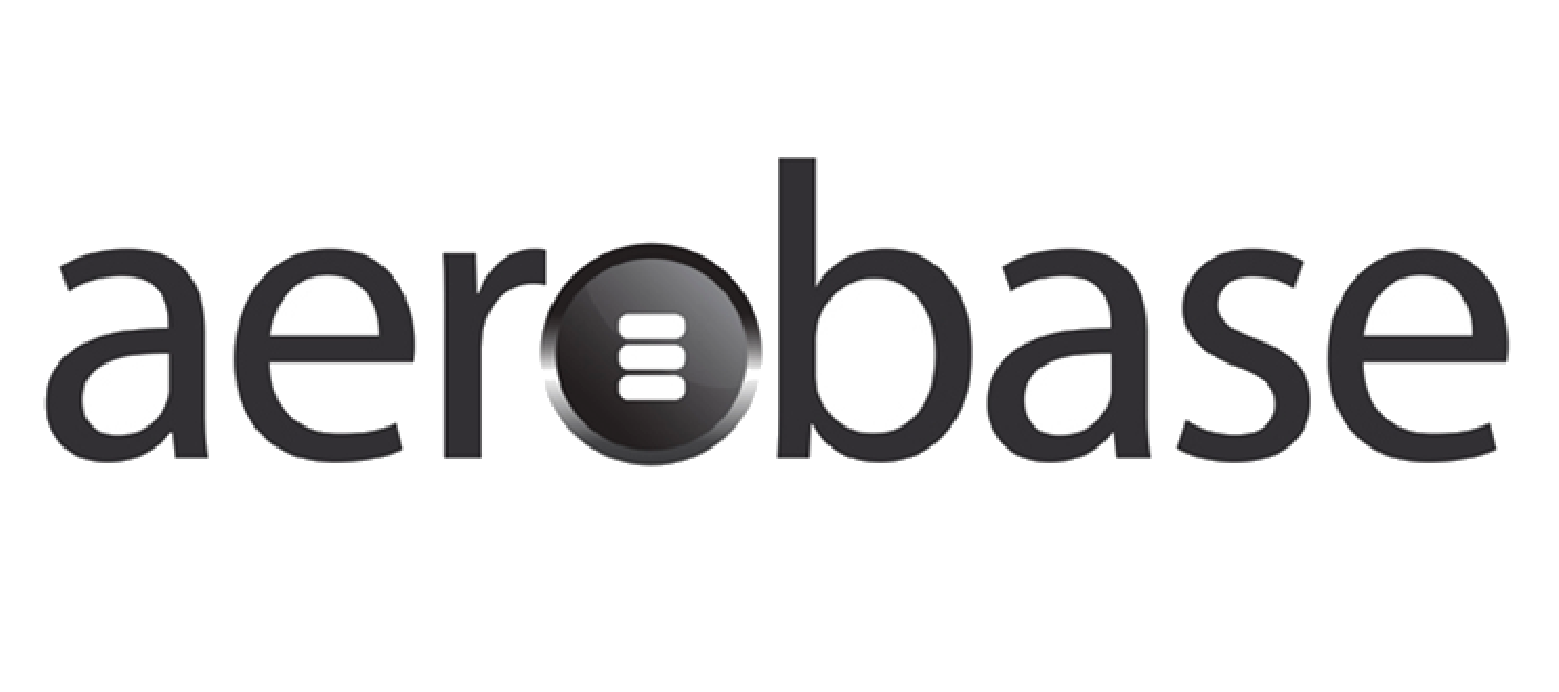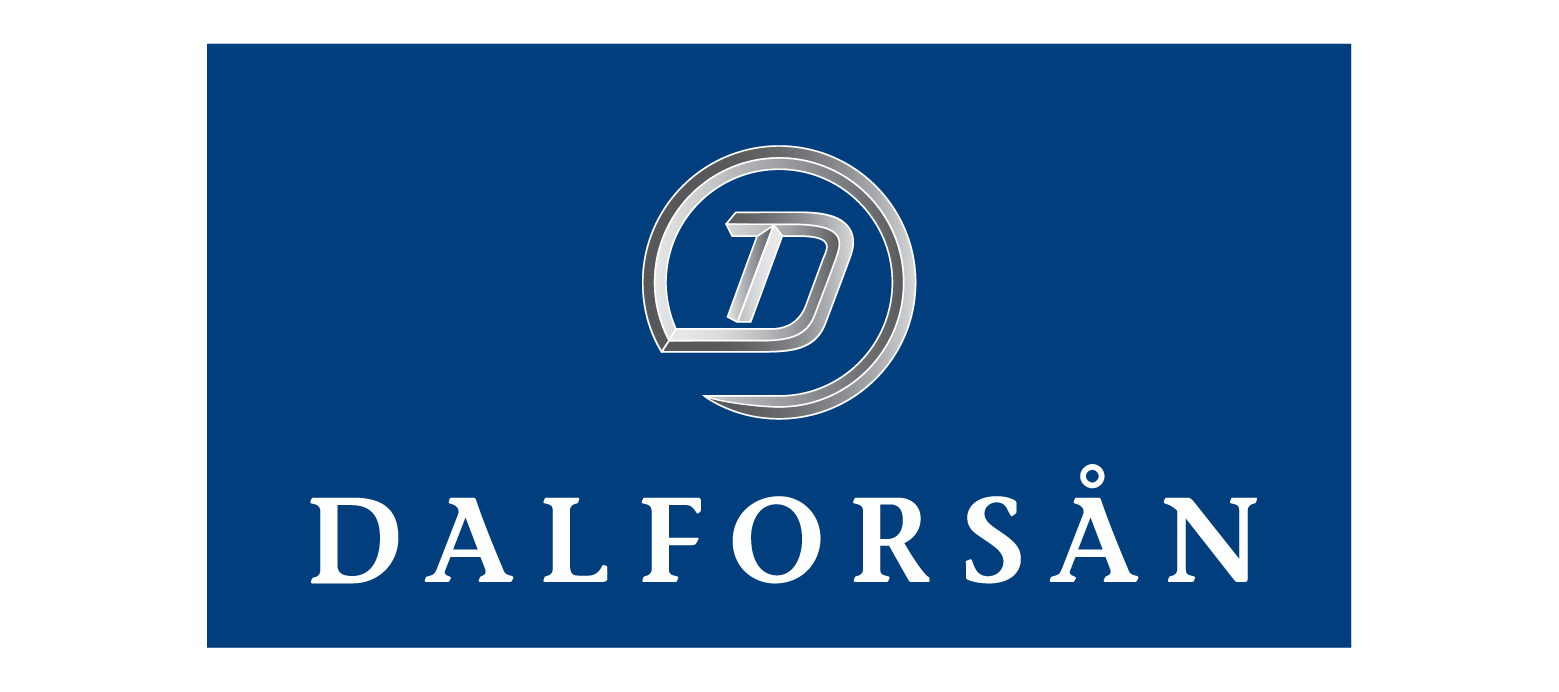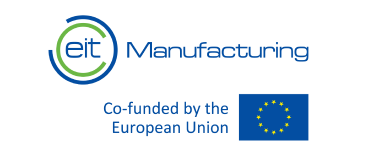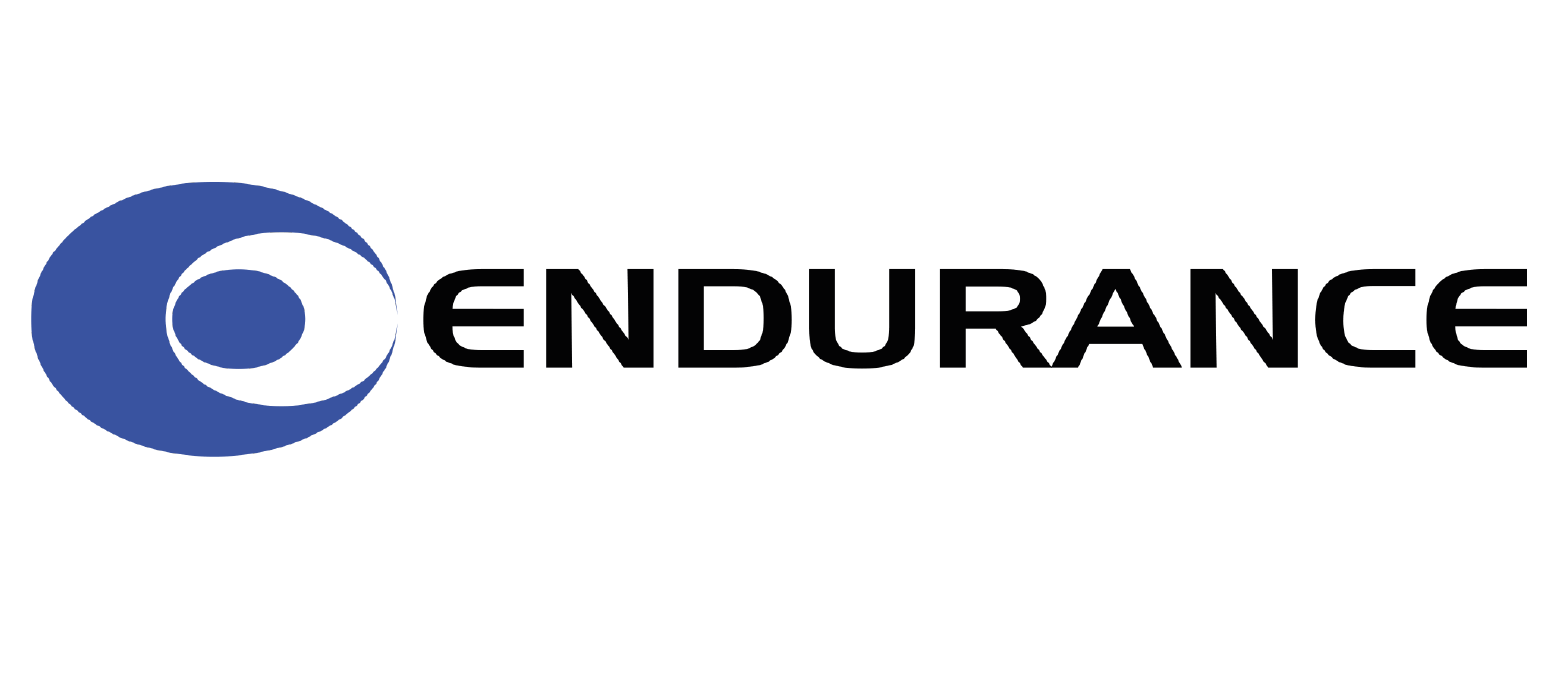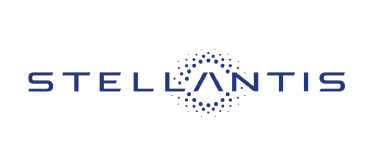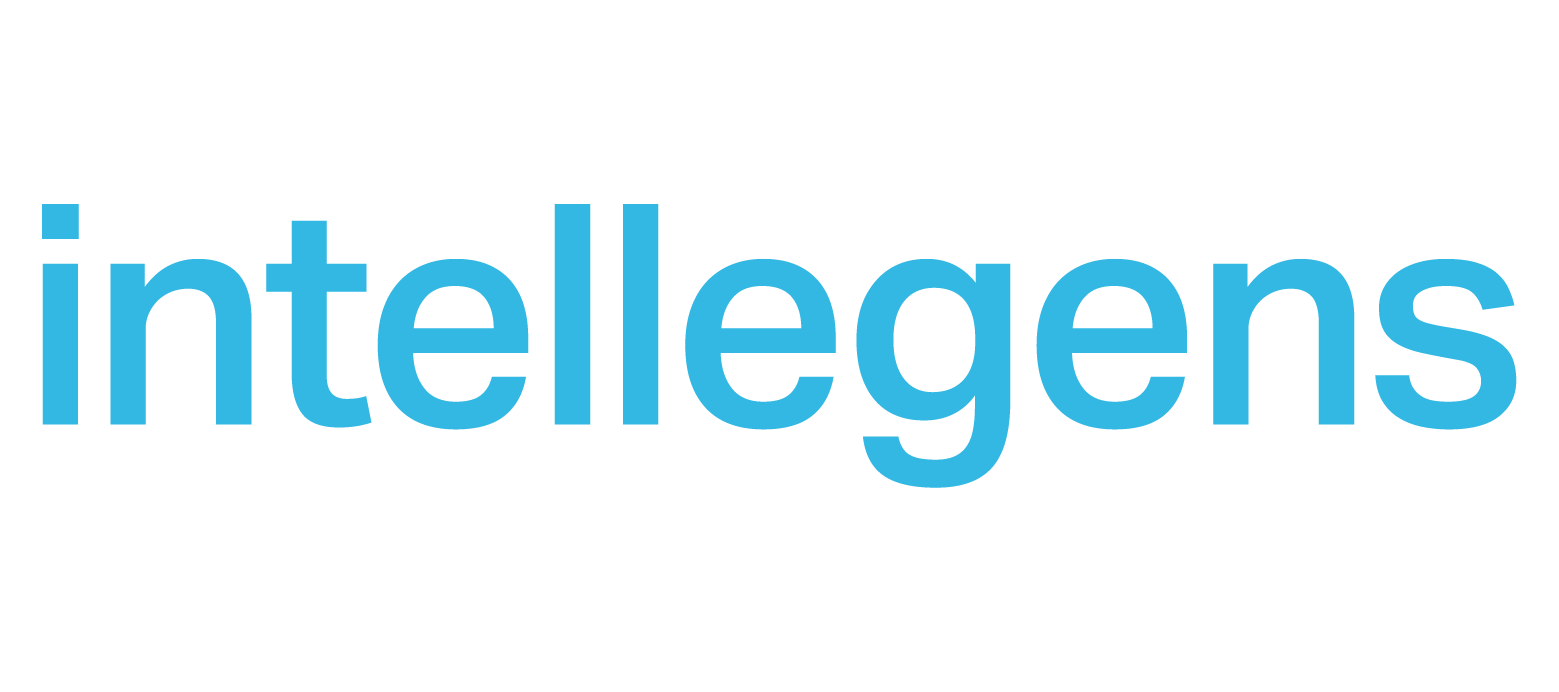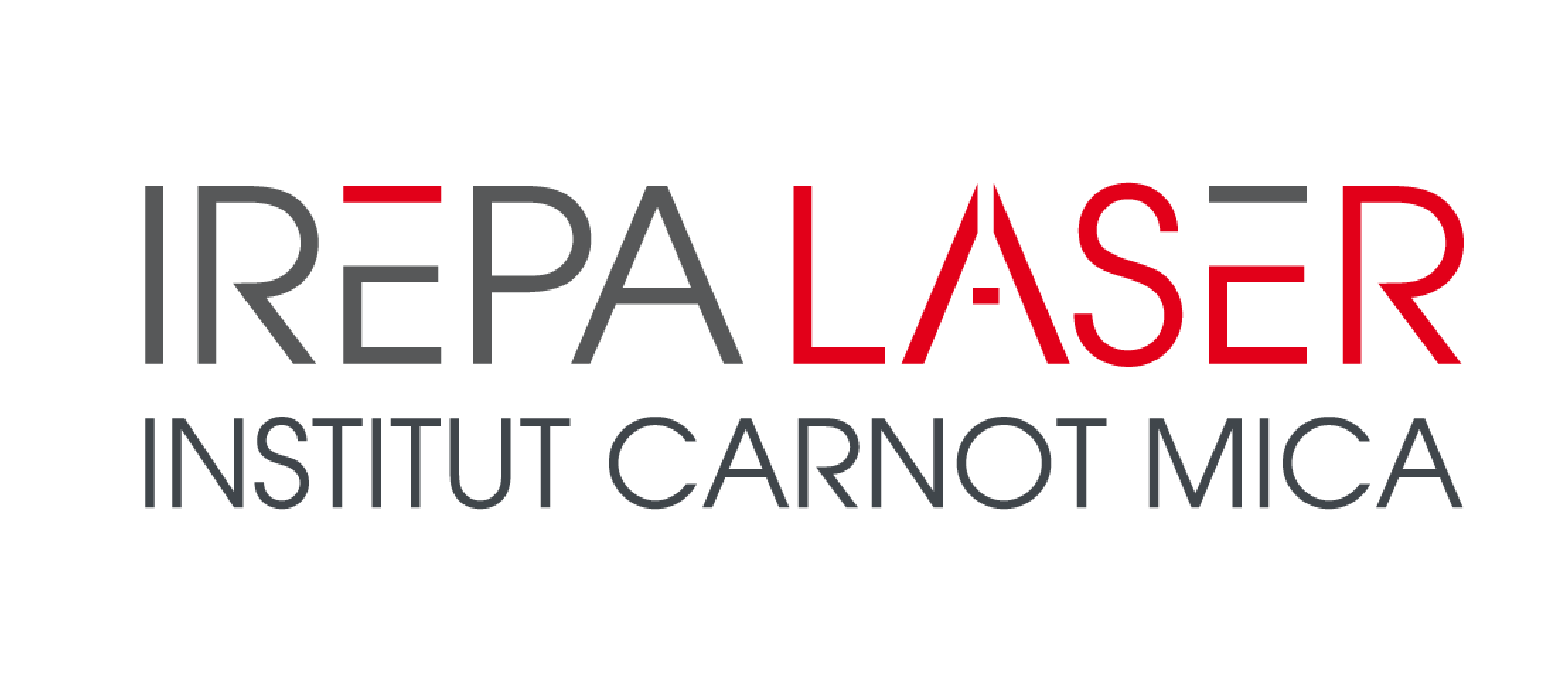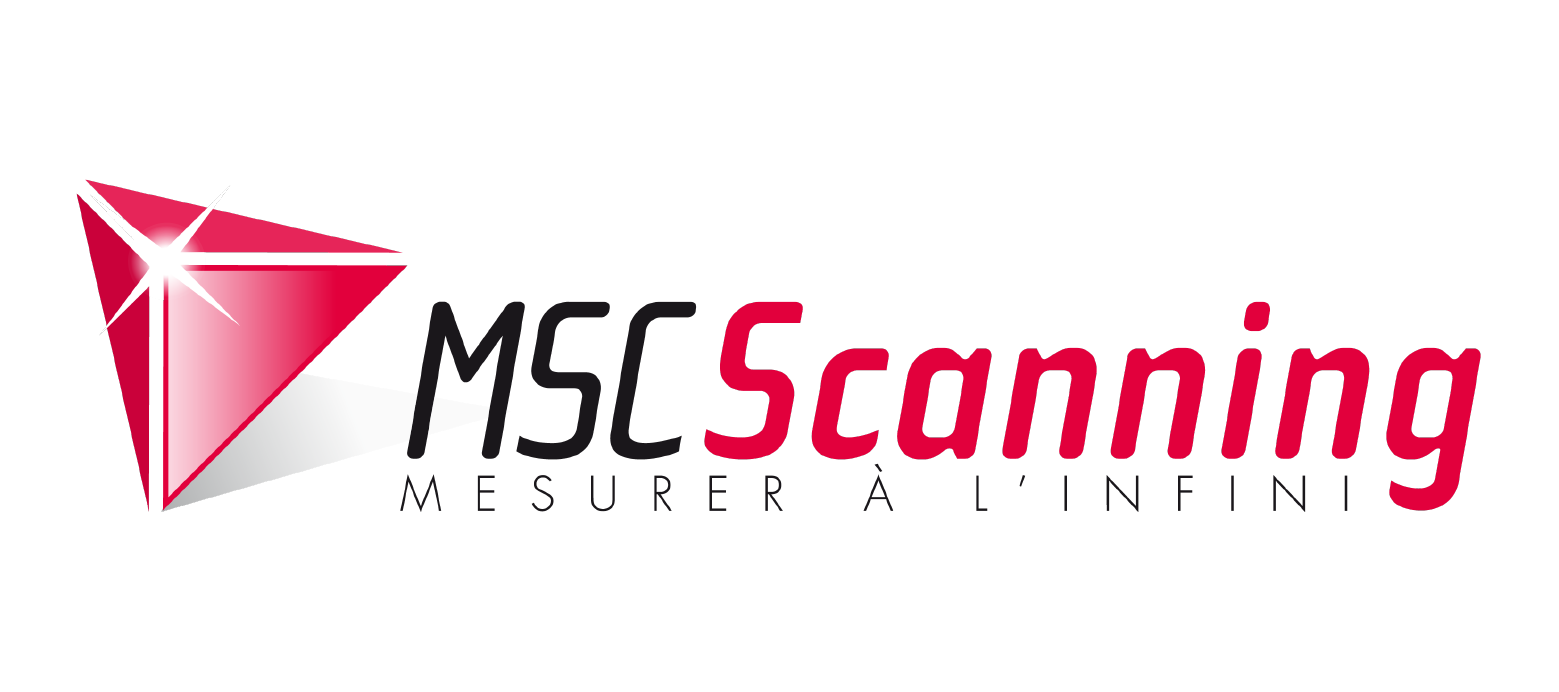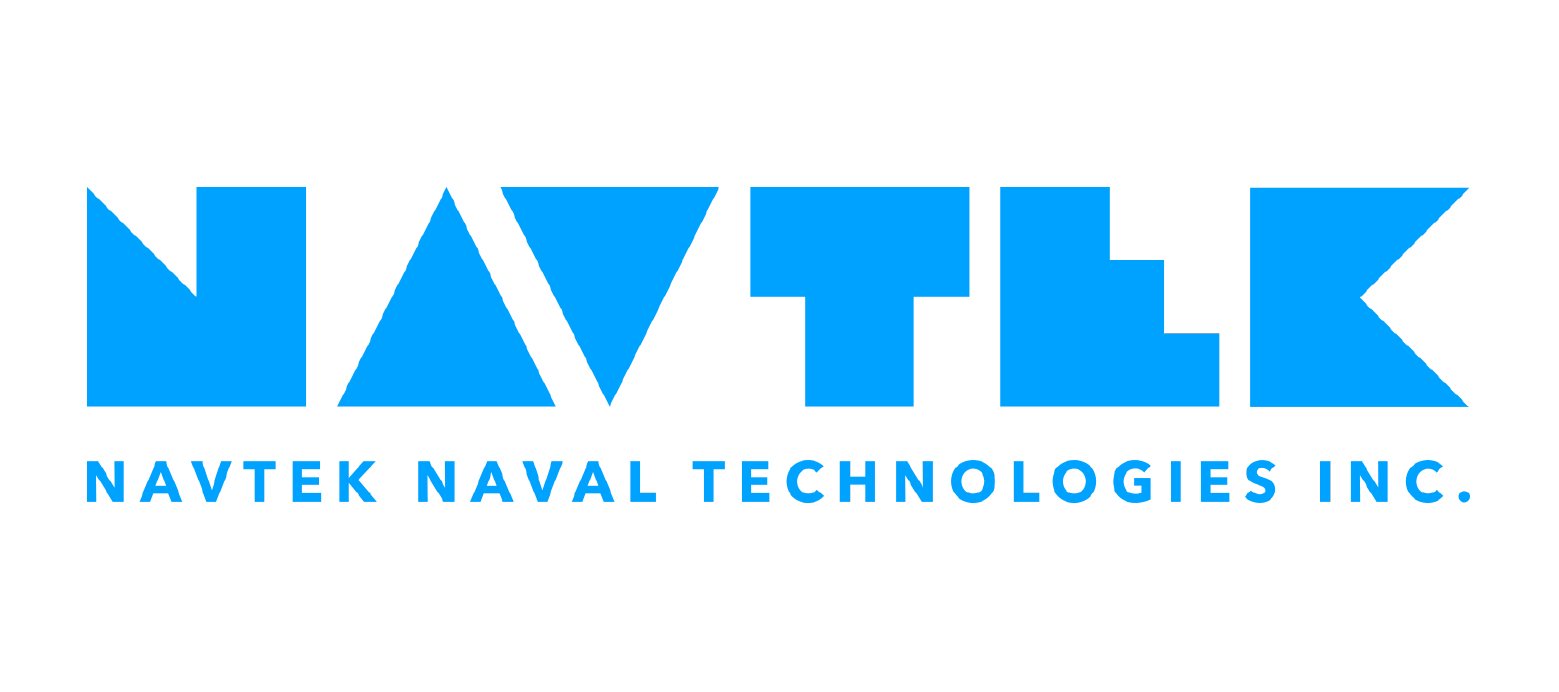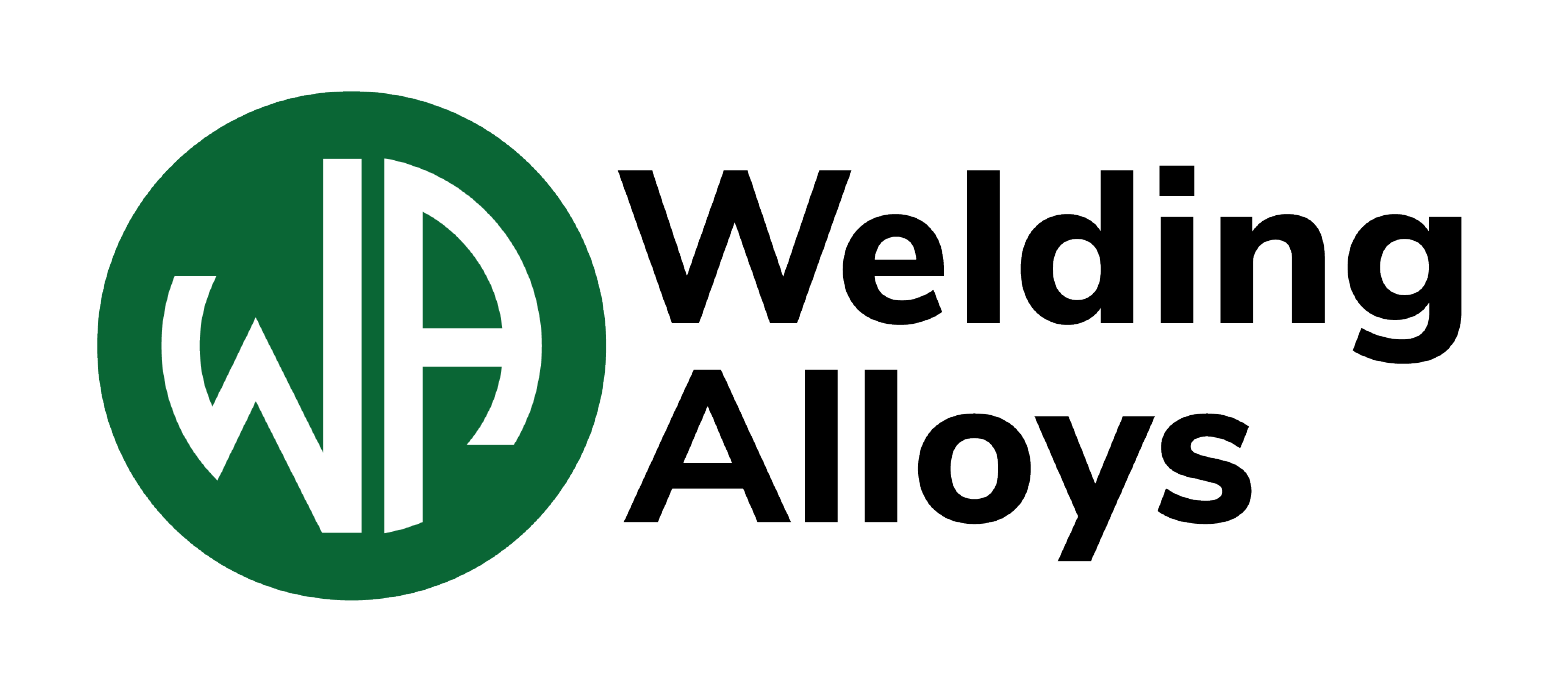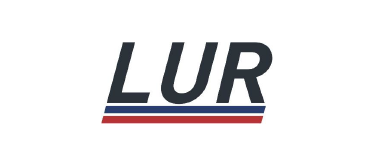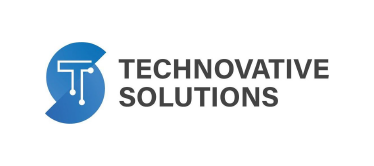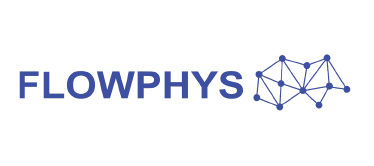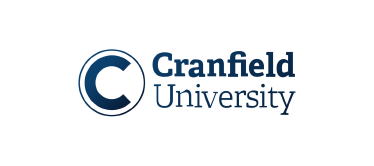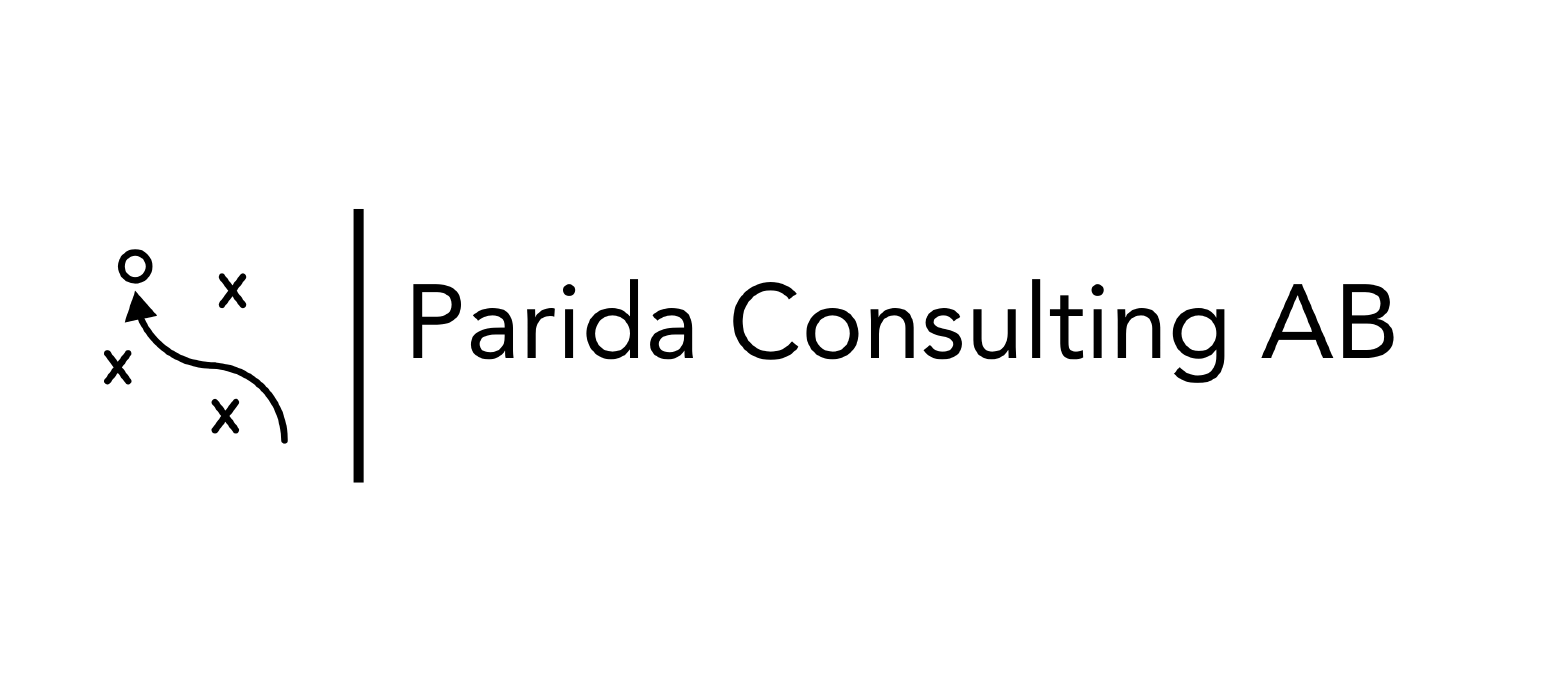RESTORE is a project with the overarching goal of showcasing a portfolio of sustainable repair and
remanufacturing processes, specifically leveraging laser and plasma arc technologies. This initiative also
emphasizes the integration of increased autonomy in damage detection, inspection, and process control,
along with the use of recycled materials as feedstock consumables to drive advancements in the
functionality of remanufacturing industrial components. The ultimate aim is to achieve full industrial
circularity within the project scope.
At the project onset, the emphasis lies in defining Key Performance Indicators (KPIs) and requirement
specifications for sustainable remanufacturing of industrial products and components. This involves
conducting a comprehensive State of the Art (SoA) analysis of cladding processes, performing Failure Mode
and Effects Analysis (FMEA) for damaged components across identified use cases (UC1-UC4), and studying
existing business models for remanufacturing services. The KPIs and specifications are designed to not
only address technical challenges but also serve as the foundation for addressing non-technical
requirements, including social, economic, and environmental considerations. Moreover, potential barriers,
such as regulatory and standardization issues, are identified and targeted for resolution to ensure future
scalability, widespread adoption, and replication within industrial ecosystems.

The project unfolds through various work packages (WPs). In Work Package 2 (WP2), the focus is on
manufacturing wire with recycled content using pre-processed powder. This involves developing direct
feeding techniques for incorporating recycled swarf and/or powder into the melt pool. The resultant
material is then used to clad test substrates that align with the base material of the identified use
cases. Evaluation of mechanical, tribological, and metallurgical performance of these test coupons helps
in defining the maximum allowable recycled content in the consumables.
Moving to Work Package 3 (WP3), the project shifts towards the development of digital tools that support
automation in tasks such as damage detection, inspection, and process control. Subsequently, in Work
Package 4 (WP4), a digital platform is developed, incorporating milestones for the overall RESTORE
platform. This platform is pivotal for consolidating the technology solutions developed and serves as a
crucial component for the subsequent demonstration phase in Work Package 5 (WP5). In WP5, the technology
solutions and the RESTORE platform are demonstrated on the four specified use cases, showcasing the
practical application and impact of the project.
In essence, the RESTORE project follows a systematic methodology, addressing specific objectives at each
stage. It integrates sustainable practices, advanced technologies, and digital tools to drive innovation
in the remanufacturing process of industrial components, with a keen focus on circularity and overcoming
various challenges in the field.
Restore Background
In the pursuit of a Circular Economy, remanufacturing plays a crucial role in extending product lifespans, generating employment opportunities and revenue streams.
Read MoreRestore Objectives
The strategic objectives (SO) outlined for RESTORE encompass a comprehensive approach towards sustainable cladding processes, digital automation, and remanufacturing platforms.
Read MoreRestore Materials
Here you can find the dissemination materials regarding the “Sustainable Remanufacturing Solution with increased automation and recycled content in laser and plasma-based process”.
Read More
